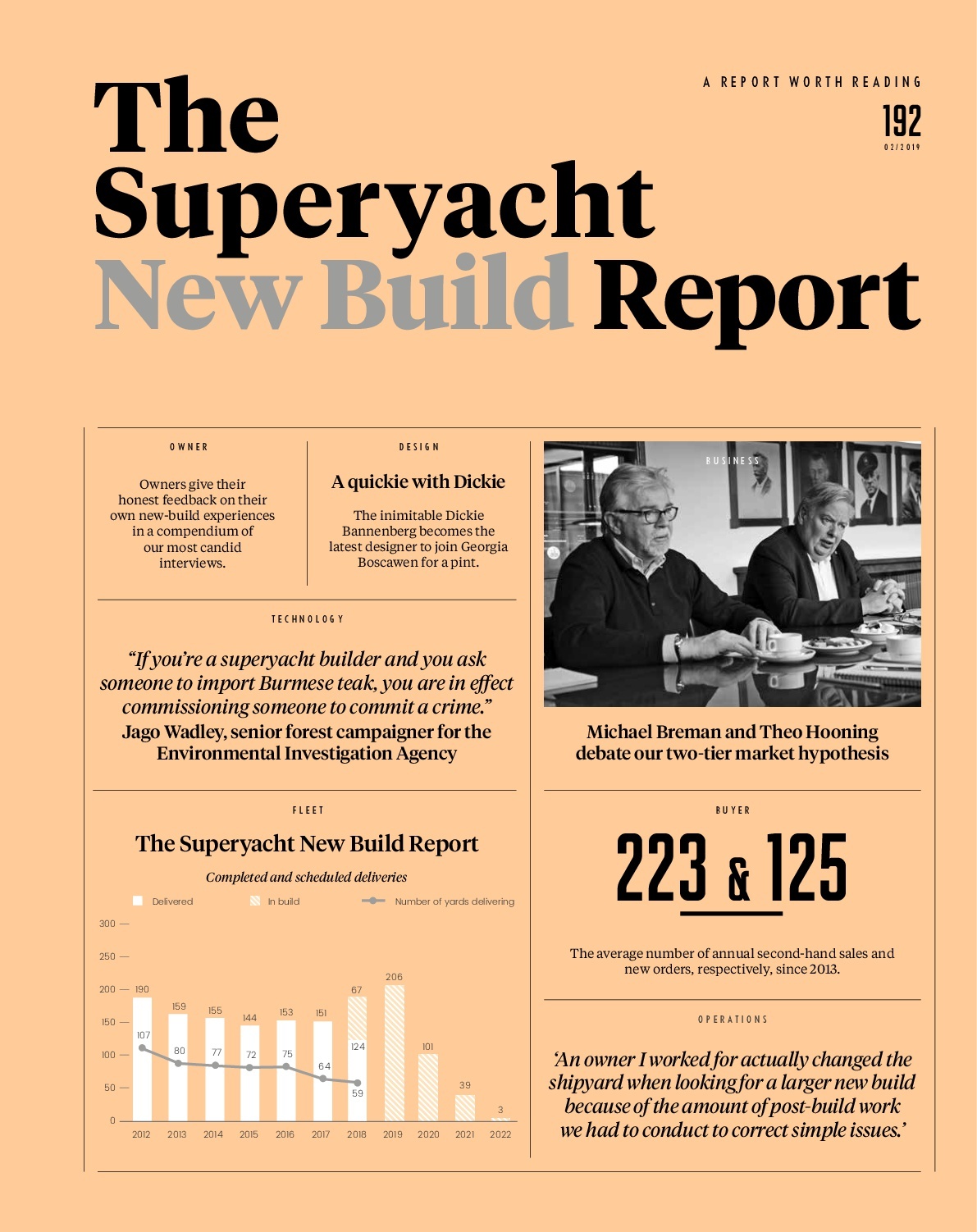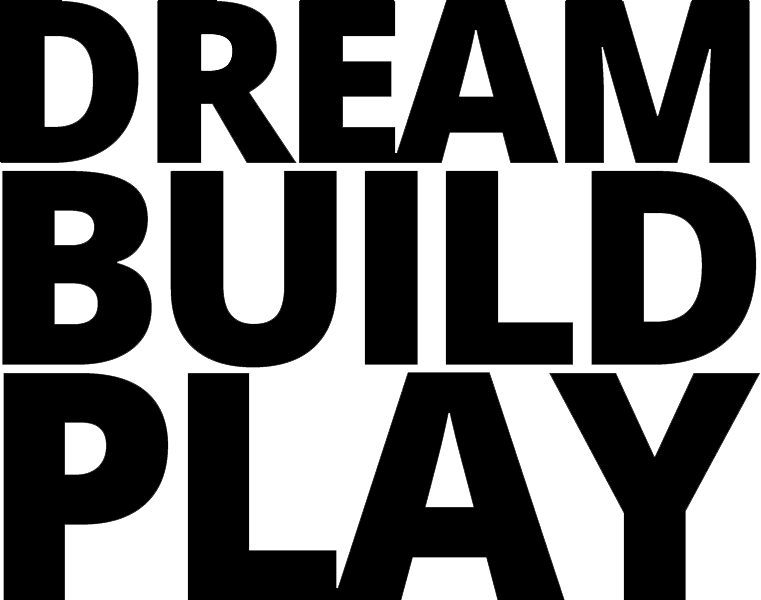If we want to shine at our next 10-year challenge, we must take an unfiltered look at all areas of our industry and question why we do things the way we do.
It’s been 10 challenging years since the 2008 Global Financial Crisis and much has been discussed lately about what appears finally to be sustained stability for the superyacht marketplace. Indeed, year-on-year brokerage sales are nearly even and the global order book is robust, with several yards having to offer new-build start dates of 2020 and beyond. On a social-media level, our industry’s #10YearChallenge photos would certainly garner positive buzz, with Lürssen taking both spots for 2008’s 139.3-metre Al Salamah and 2018’s Azzam at an unbelievable 180 meters!
We are clearly in control, right? But the reality is that our order book is down nearly 25 per cent from 10 years ago despite the number of worldwide billionaires more than doubling from 1,125 in 2008 to 2,754 in 2018. If we consider these individuals as a potential market size index, then our recovery from a decade ago is off by 69 per cent because we are reaching only 31 per cent of our potential. UHNWIs are not only growing in numbers daily, they’re also getting younger. We’re already well into a generational transition of superyacht owners with baby boomers being replaced by their children and, in many cases, their grandchildren. Further challenging our reach is that this highly coveted buying power is shifting both geographically and culturally. This should force all of us to stop, think and question not just our present, but also our next 10 years.
Will the superyacht industry continue to capture the imagination of Gen X owners? Will new builds be able to compete for the attention of millennials as they grow in a completely digital age that favors instant everything, sharing economies and socially conscious experiences? Can we afford the infrastructure necessary to attract and service these ever-moving clientele? More importantly, is stability, not growth, the superyacht industry’s new benchmark for success? Hardly. Much like there’s been a new wave of yacht owners, there’s also been an influx of new minds entering our industry. These minds bring new energy, enthusiasm and a refreshed hunger for success that is not satisfied with complacency. The massively untapped market proves that the ‘if-it-ain’t-broke’ mentality is no longer good enough, giving ammunition to their right to question our methods. If we want to shine at our next 10-year challenge, we must take an unfiltered look at all areas of our industry and question why we do things the way we do. We need to demystify and streamline processes, attract the right talent and promote our best practices.
Nearly all professional industries offer specialty fields that provide better education and, therefore, a higher level of service. General practitioners play an important role in medicine, but where would we be without brain surgeons, cardiologists and the rest of the disciplines? Would Apple hire your local personal-injury lawyer for one of their massive intellectual property cases? Obviously not, but neither would you hire an expensive team of IP lawyers to manage your fender-bender accident. So why is it that we demand specialized professionals to serve us, yet expect our clients to accept us as Jack-of-all-trades yacht brokers and charter agents? If we are truly to make an impact on our future then we must take pride in our profession and make the fundamental shift into specialized fields. Competition and our level of stress would improve if we weren’t all trying to do everything and for everyone. Charter agents could offer distinction by identifying as local day-charter, regional or remote adventure specialists. Brokers could classify by sail or motor, vessel purpose and others. This specialty distinction could lead to cooperation between us and reduce the harsh competition that cannibalizes us now.
These very knowledgeable experts would better serve clients, raise our satisfaction scores and likely increase our market retention rate. Now, to grow the overall industry, we must create more yachts and for that we need a new category, one that focuses on the new build sector; and it isn’t a yacht broker, it’s a YachtCreator. After 19 years in new construction and 60-plus builds, I’m well aware how unappealing the new-build market can be for many professionals and clients. Building a yacht is often a last resort after all brokerage – and even refit – options have been explored. Owners and brokers who understand, and are prepared for, a build find the experience enriching and exciting. However, it can be a daunting challenge for both without the right background and mindset. One bad experience and both are out of the new-build sector, something our panicky industry can ill afford. At this past Global Superyacht Forum, I proposed several ways in which shipyards could help brokers become better partners. We touched on apprenticeships, ongoing education, new compensation structures, improved sales tools, product-development inclusion and others. There are several ‘brokers’ who are already yacht creators, such as key individuals at Moran, IYC, Camper & Nicholsons and others. Our next steps should be to formulate and standardize their paths so we may grow this important industry field. The past 10 years taught us how to overcome adversity. Will we find the courage to evolve and shine at our next #10YearChallenge? BC



